A walk underground
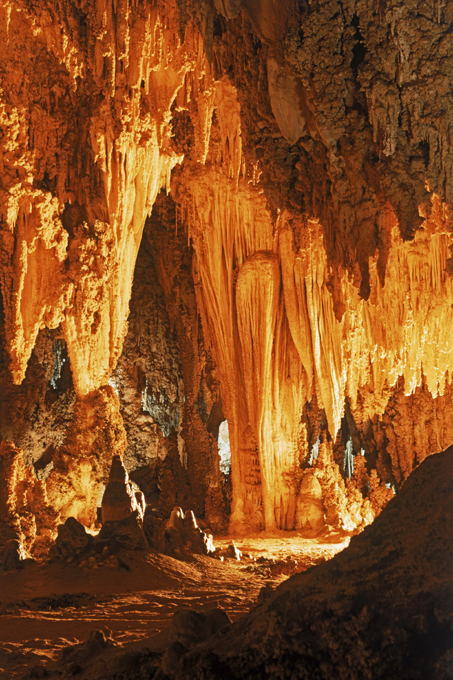
Caves form naturally by the weathering of rock and often extend deep underground. It is estimated that the maximum depth of a cave cannot be more than 3,000 metres (9,800 ft) due to the pressure of overlying rocks.Caves are found throughout the world, but only a small portion of them have been explored and documented by cavers. explored caves are found widely in Europe, Asia, North America and Oceania, but are sparse in South America, Africa, and Antarctica
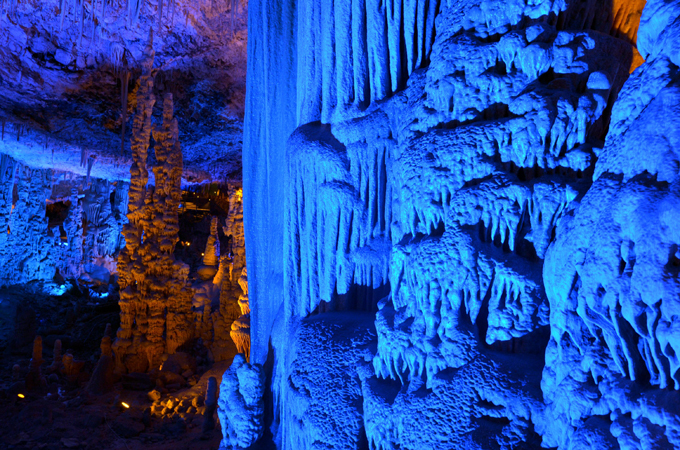
Caves form naturally by the weathering of rock and often extend deep underground. It is estimated that the maximum depth of a cave cannot be more than 3,000 metres (9,800 ft) due to the pressure of overlying rocks.Caves are found throughout the world, but only a small portion of them have been explored and documented by cavers. explored caves are found widely in Europe, Asia, North America and Oceania, but are sparse in South America, Africa, and Antarctica
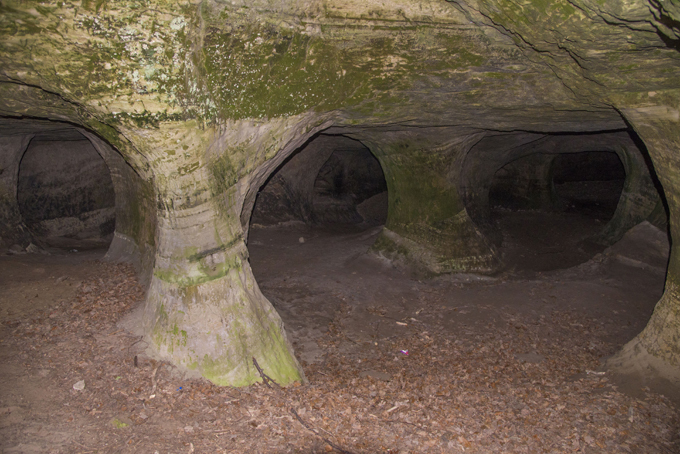
Caves form naturally by the weathering of rock and often extend deep underground. It is estimated that the maximum depth of a cave cannot be more than 3,000 metres (9,800 ft) due to the pressure of overlying rocks.Caves are found throughout the world, but only a small portion of them have been explored and documented by cavers. explored caves are found widely in Europe, Asia, North America and Oceania, but are sparse in South America, Africa, and Antarctica
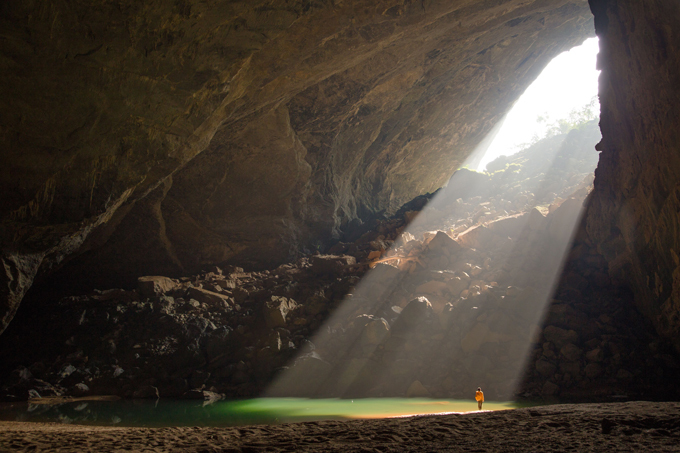
Caves form naturally by the weathering of rock and often extend deep underground. It is estimated that the maximum depth of a cave cannot be more than 3,000 metres (9,800 ft) due to the pressure of overlying rocks.Caves are found throughout the world, but only a small portion of them have been explored and documented by cavers. explored caves are found widely in Europe, Asia, North America and Oceania, but are sparse in South America, Africa, and Antarctica

Caves form naturally by the weathering of rock and often extend deep underground. It is estimated that the maximum depth of a cave cannot be more than 3,000 metres (9,800 ft) due to the pressure of overlying rocks.Caves are found throughout the world, but only a small portion of them have been explored and documented by cavers. explored caves are found widely in Europe, Asia, North America and Oceania, but are sparse in South America, Africa, and Antarctica
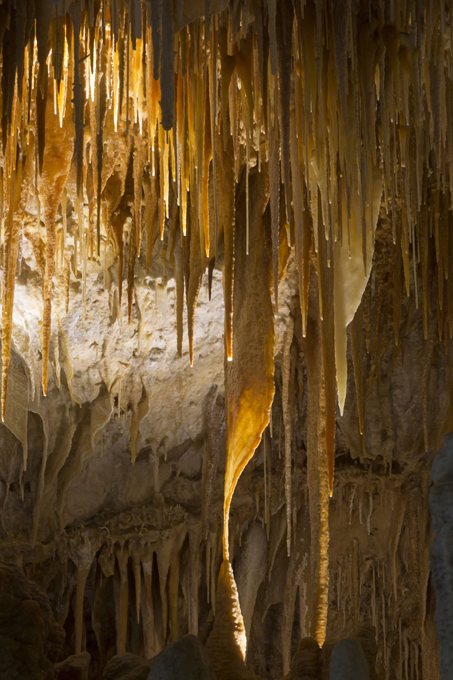
Caves form naturally by the weathering of rock and often extend deep underground. It is estimated that the maximum depth of a cave cannot be more than 3,000 metres (9,800 ft) due to the pressure of overlying rocks.Caves are found throughout the world, but only a small portion of them have been explored and documented by cavers. explored caves are found widely in Europe, Asia, North America and Oceania, but are sparse in South America, Africa, and Antarctica
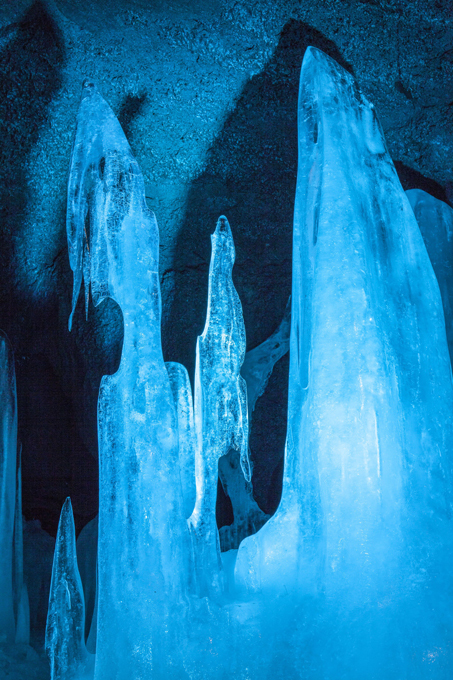
Caves form naturally by the weathering of rock and often extend deep underground. It is estimated that the maximum depth of a cave cannot be more than 3,000 metres (9,800 ft) due to the pressure of overlying rocks.Caves are found throughout the world, but only a small portion of them have been explored and documented by cavers. explored caves are found widely in Europe, Asia, North America and Oceania, but are sparse in South America, Africa, and Antarctica

Caves form naturally by the weathering of rock and often extend deep underground. It is estimated that the maximum depth of a cave cannot be more than 3,000 metres (9,800 ft) due to the pressure of overlying rocks.Caves are found throughout the world, but only a small portion of them have been explored and documented by cavers. explored caves are found widely in Europe, Asia, North America and Oceania, but are sparse in South America, Africa, and Antarctica
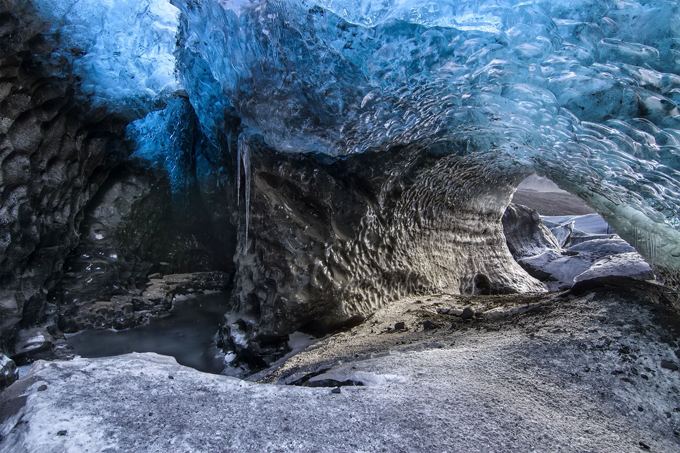
Caves form naturally by the weathering of rock and often extend deep underground. It is estimated that the maximum depth of a cave cannot be more than 3,000 metres (9,800 ft) due to the pressure of overlying rocks.Caves are found throughout the world, but only a small portion of them have been explored and documented by cavers. explored caves are found widely in Europe, Asia, North America and Oceania, but are sparse in South America, Africa, and Antarctica



